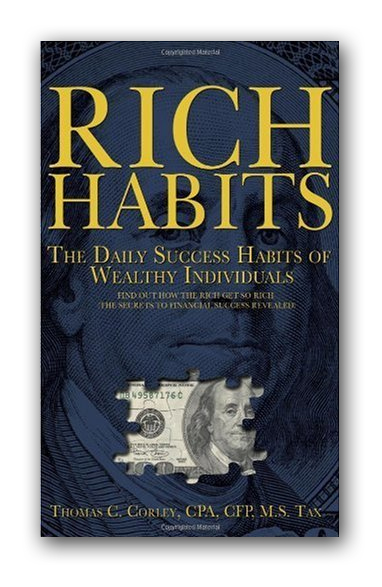
When life is good, when things are going well, it’s hard to tell the difference between those relationships that matter and those that don’t.
But life isn’t linear. Everyone, even successful people, experience downturns in their lives.
It is when things go off the rails that Rich Relationships come to the rescue.
Rich Relationships are those relationships you’ve built over the years with other upbeat, success-minded individuals. Rich Relationships do not abandon you in your time of need. If fact, they do the opposite – they help pull you out of the abyss, financially, emotionally and through their contacts.
The relationships you should be building today should be with those individuals who have displayed courage and commitment to their relationship with you when things were not going as planned.
How many of your relationships could you honestly count on in a time of need? Make a list. Study that list. Those are the individuals you should be devoting your time to in forging strong relationships. Those who do not make the list, should be the ones you devote the least amount of your time to.
The foundation of your success is built upon the relationships you forge with other success-minded individuals who are committed to helping you achieve your goals and dreams; who are committed to your success.
Surround yourself with Rich Relationships and invest your time in those relationships.







